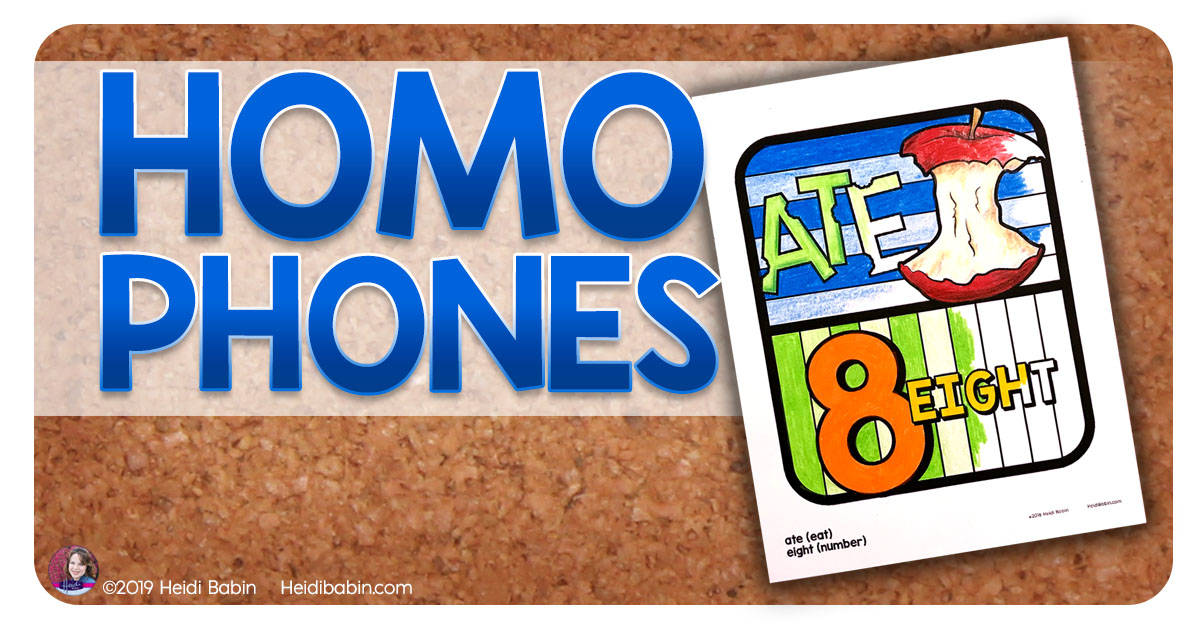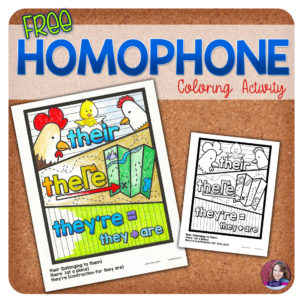
Homophones can be tricky for children and, let’s just be honest, they are tricky for adults, too. A simple search will bring up mounds of comical memes about the appropriate uses of:
there, their, they’re
Let’s get back to basics for just a brief moment. Literally, “homo” means same, and “phone” means sound. Homophones are words that sound the same, but have different meanings. However, homophones may be spelled the same or differently. No wonder they are a challenge for kids to figure out which word to use.
Not only are homophones a struggle for many students, but teaching homophones can be pretty dry stuff.
The good news is teaching homophones to your students does not need to be a topic you dread or avoid like the plague. Students of varying abilities, ages, and learning styles often respond well to visual resources. Visual resources use the right side of the brain to help commit concepts to memory. They help students visualize the meaning of each word and have lasting impact on their learning and retention.
Are you ready to introduce homophones to your students for the first time? Maybe you have already introduced homophones, but the students need an engaging supplemental activity with a creative twist to help them achieve mastery level. Perhaps you have older students who need a little more work with homophones, but they need a break from the mundane of traditional classroom worksheets. Your students will thank you for giving them Homophone Coloring Activities.
I think we can agree that there, their, and they’re are among the most perplexing of the homophones. I do not think they have to be confusing, though. I believe in the value of visual resources, and I want you to try it out  as a free gift from me. Click here for your free copy of There/Their/They’re Homophone Coloring Activity. Students may not even realize they are learning as they color and engage the right side of the brain in the learning process.
as a free gift from me. Click here for your free copy of There/Their/They’re Homophone Coloring Activity. Students may not even realize they are learning as they color and engage the right side of the brain in the learning process.
If you like the Homophone Coloring Activities, go ahead and tell your friends. They will love these coloring pages for their students, too.
Teacher Tip: Because these coloring activities are educational, you do not have to worry about an administrator seeing your kids coloring. The coloring pages might even allow you to accomplish a few vital daily tasks.
If you are interested in more visual resources for ELA by Heidi Babin, check out these Greek and Latin Root coloring pages.